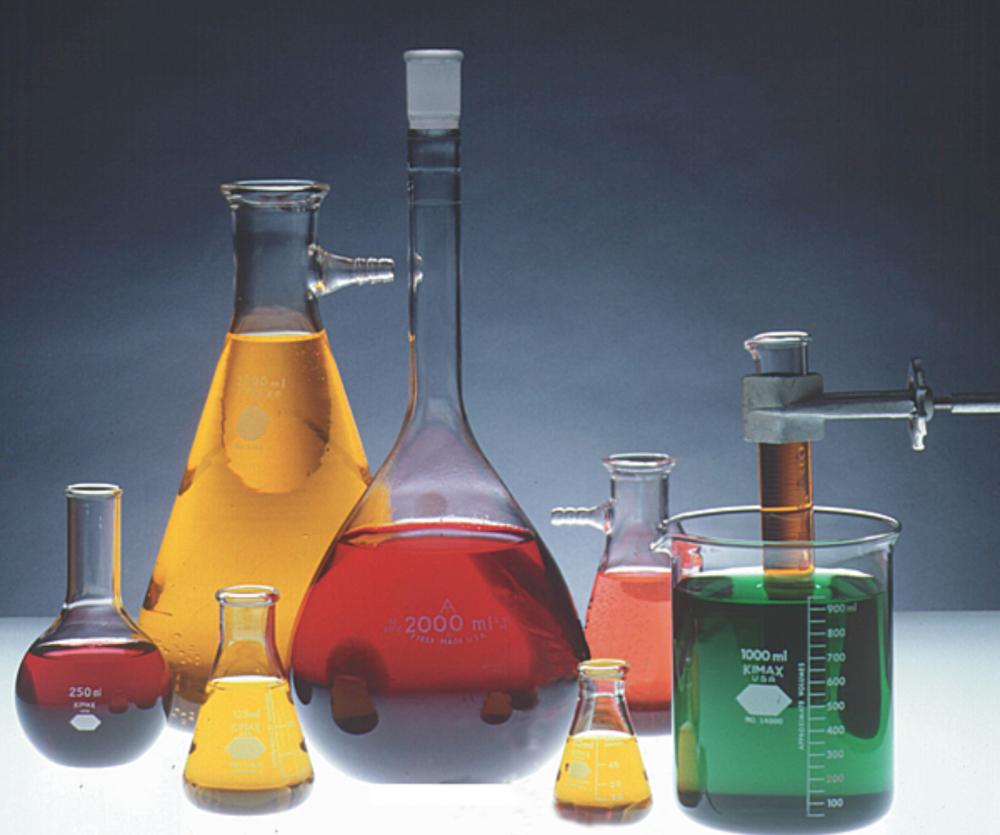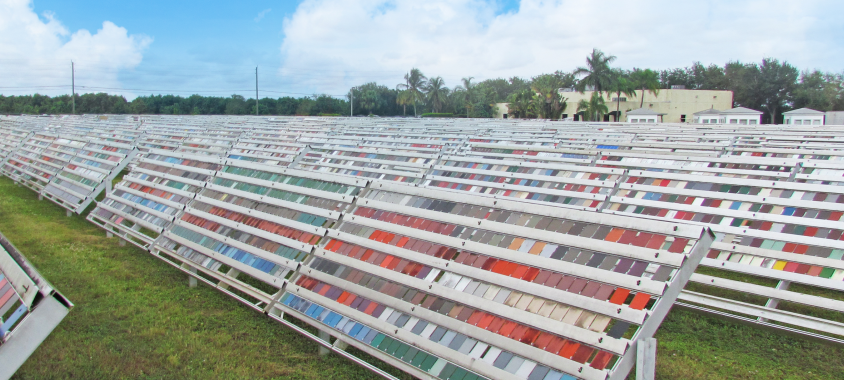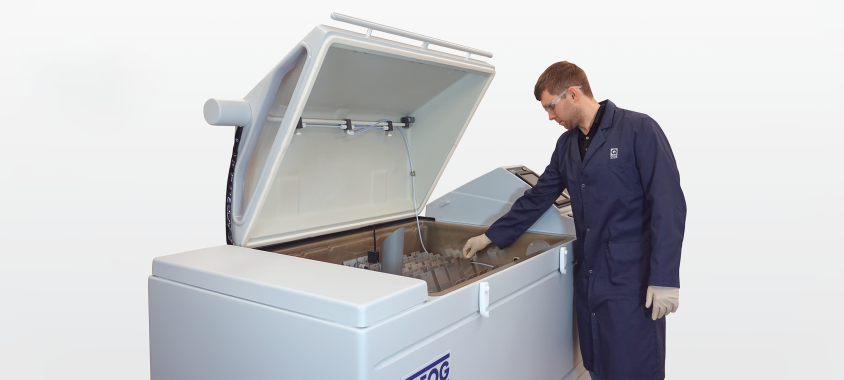
Why Test?
Colorants and other additives used outdoors are often subject to the damaging forces of corrosion. Some additives are formulated specifically to protect substrate materials and coatings against forces of weathering and corrosion.
Corrosion testing helps answer critical questions about durability of dyes, pigments, and other color agents. Will your paint’s colorants and additives continue to protect base metals? For how long? Does your new raw material supplier have the same quality as your previous one? Has something changed in your process that may affect your product's outdoor durability? Don’t guess when you can test.
Q-Lab testers are used to evaluate corrosion of a variety of additives and colorants, including:
- Dyes and pigments
- Anti-microbials
- UV stabilizers
- Flame retardants
- Corrosion inhibitors
Q-Lab serves thousands of customers and dozens of industries involved with these additives and colorants, including packaging, automotive, metals, and paints. For testing against the forces of corrosion, the Q-FOG cyclic corrosion chamber is the perfect tool for recreating realistic industrial or marine conditions in the laboratory. When you alternate Q-FOG and QUV tester exposures, you obtain the most reliable and realistic weathering and corrosion results available today.
Our Exposure Testing Services for Additives and Colorants

Florida Natural Outdoor
While accelerated corrosion chambers are a key weapon in the fight against damaging outdoor conditions, nothing beats the real thing: outdoor testing in one of Q-Lab's benchmark outdoor testing facilities. Q-Lab's South Florida site provides the ultimate test of your product's outdoor durability using natural conditions.

Accelerated Laboratory Corrosion
Accelerated laboratory corrosion testing is an efficient and effective way to evaluate the durability of materials, designed to accelerate your corrosion testing process to provide you with accurate and reliable answers.
Q-Lab's accelerated corrosion testers accurately reproduce dozens of potential failure modes, including:
- General Corrosion
- Galvanic Corrosion
- Crevice Corrosion
- Filiform Corrosion
- Pitting Corrosion
A variety of international test standards are used to evaluate colorants’ corrosion resistance. Visit Q-Lab’s Standards Search page to browse standards and find the right test for your product.
Additional Testing for Additives and Colorants

Weathering Testing
Corrosion isn't the only concern for additives and colorants manufacturers. Weathering due to sunlight, heat, and moisture can lead to many different types of degradation for additives and colorants. Weathering testing helps answer critical questions about durability of dyes, pigments, and other color agents.